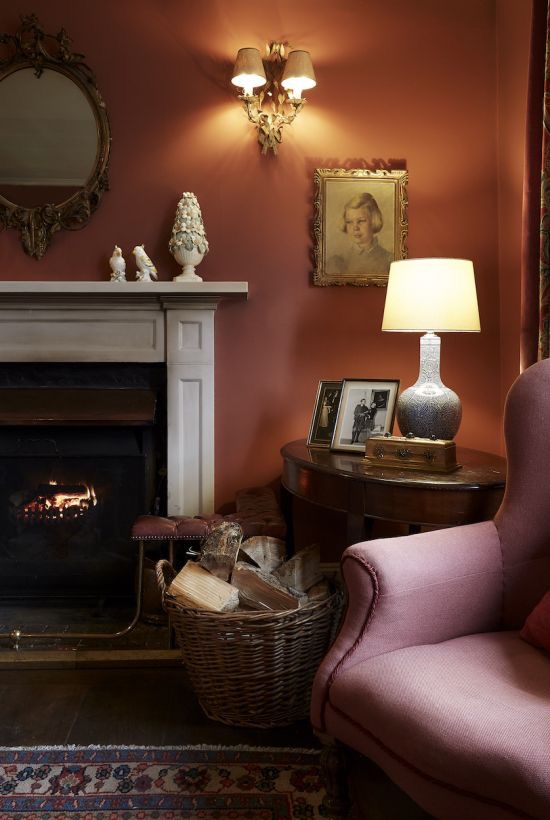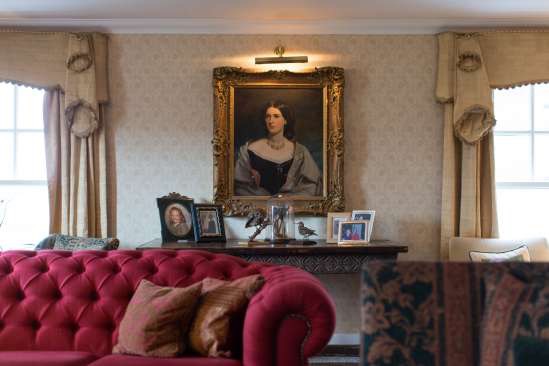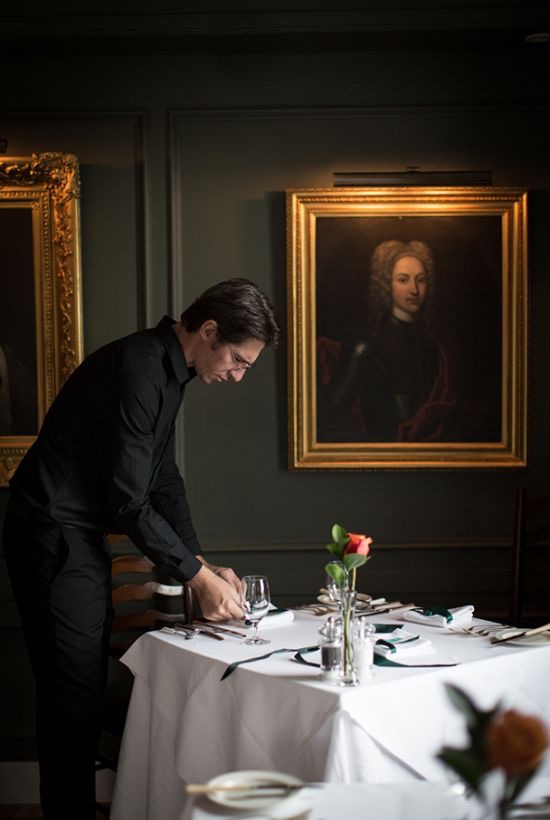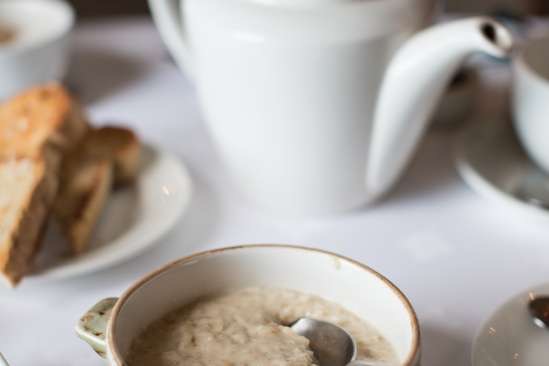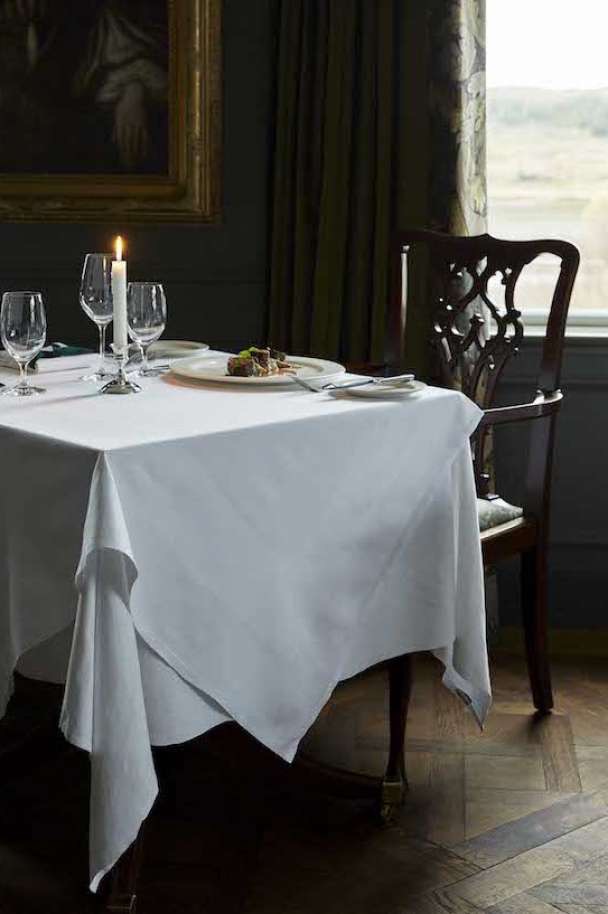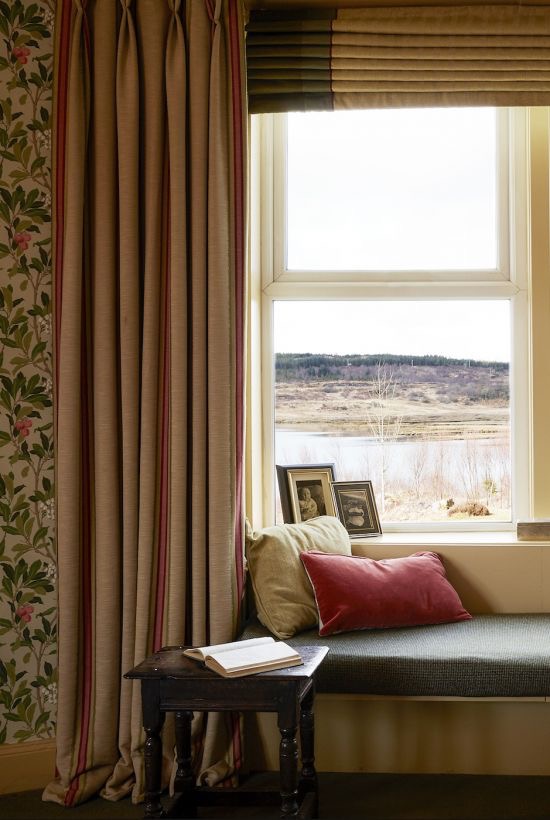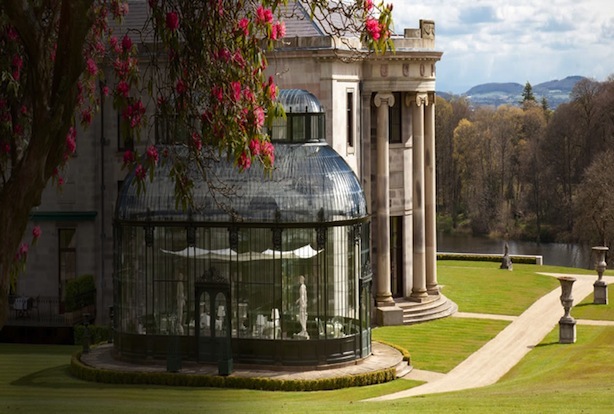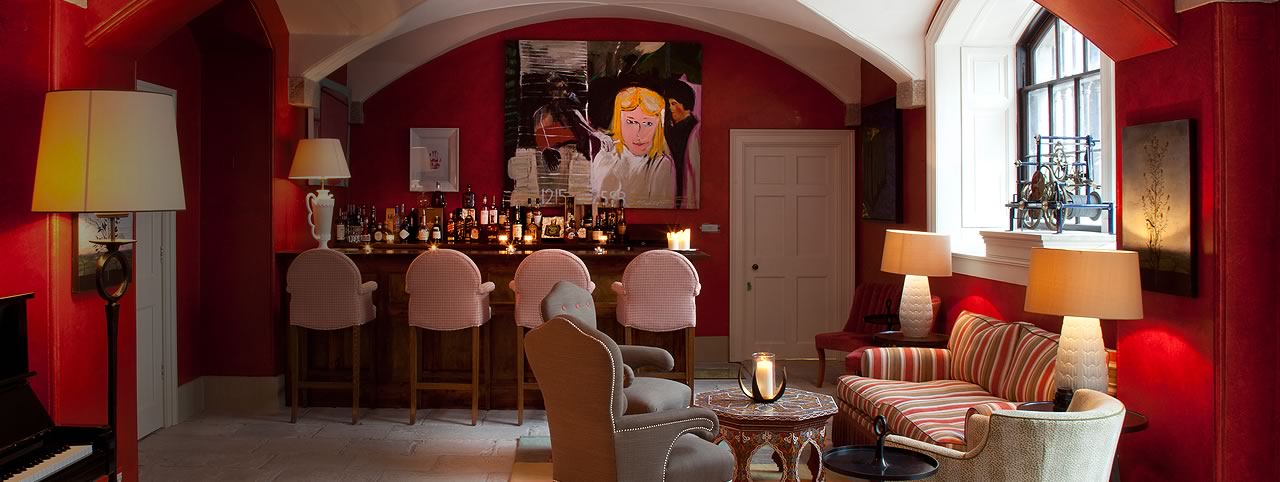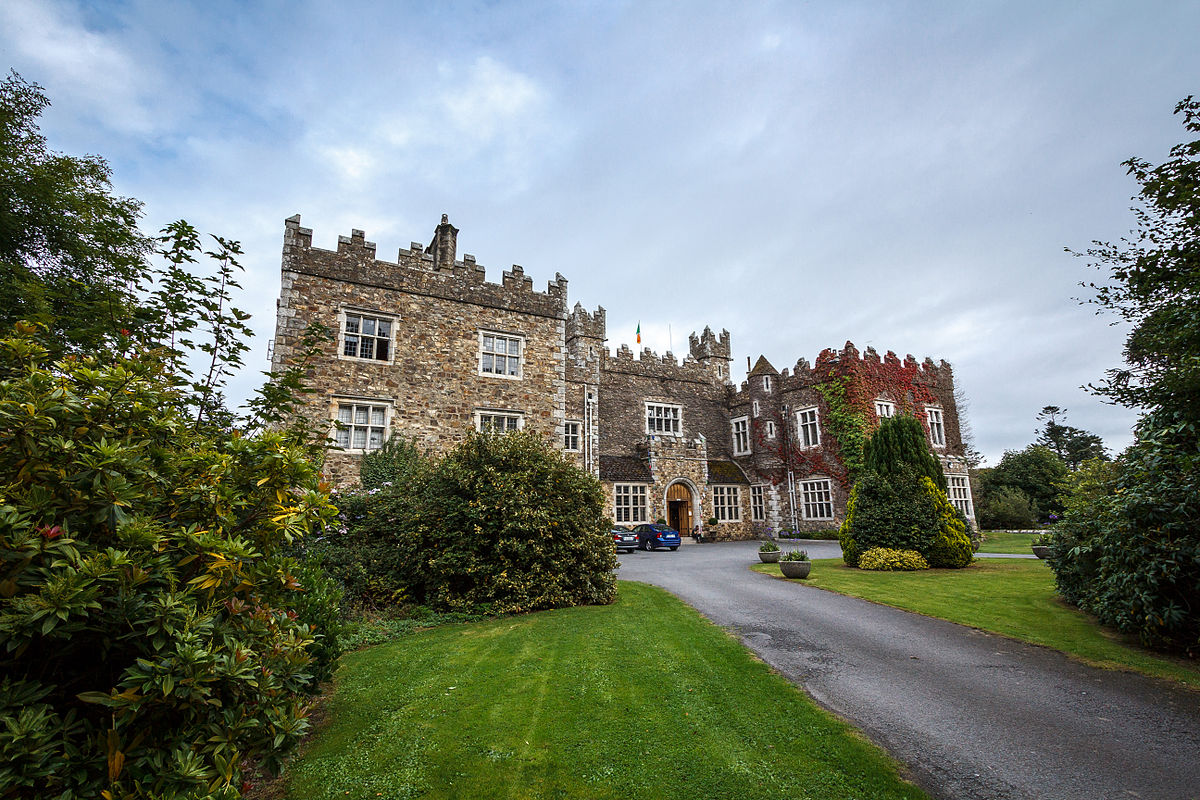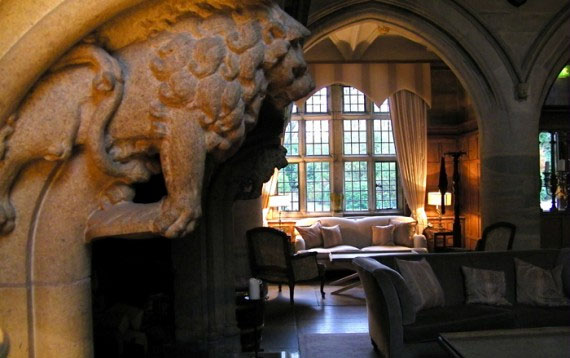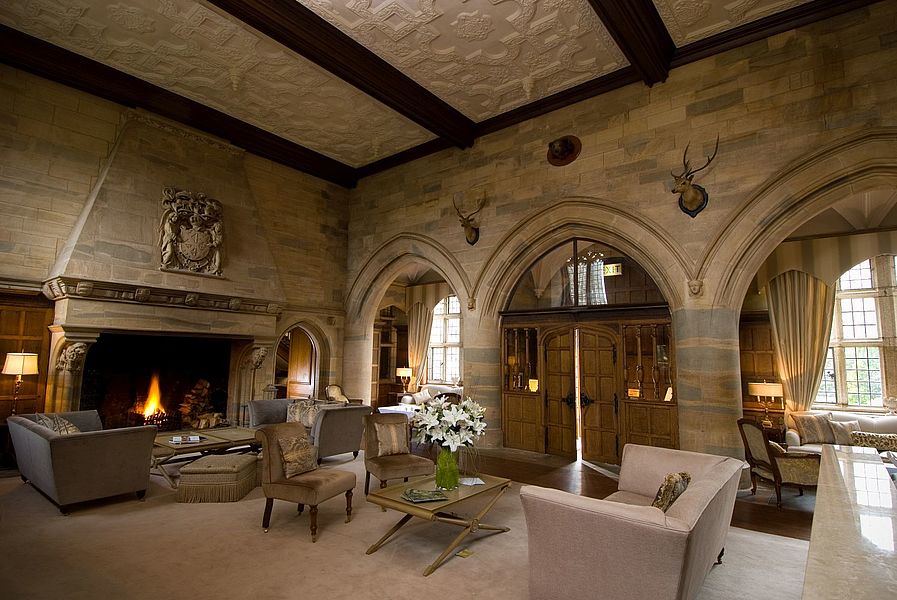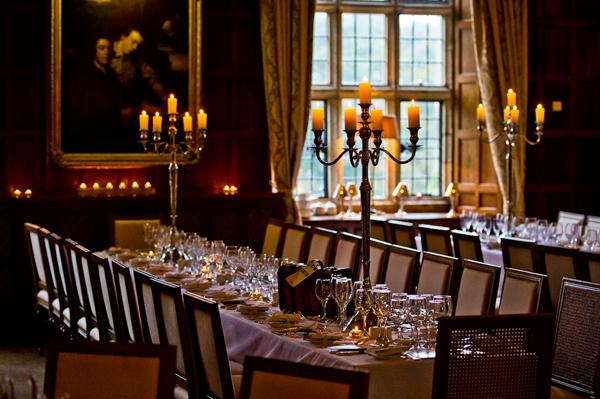Today we venture further north, and almost as west as you can go and still be in the United Kingdom--to the Isle of Skye just off the western coast of the Scottish Highlands, a semi-mystical place where the winds come in strong off the Atlantic, the views are unparalleled--and increasingly some of the finest food in Britain is to be found. Kinloch Lodge is one of our two favorite destinations on the Isle of Skye (someday we'll write about the other), a former sixteenth-century hunting lodge and later family home to the Macdonalds, who still own the property today. The setting is as fine as any in Europe, on the south side of island just a short drive from Skye Bridge, with views that are simply epic. The approach to the lodge on the shores of Loch na Dal fulfills every fantasy one might have of the Inner Hebrides, the island chain of which this is a part. And the interiors achieve just the kind of balance we like: posh and extraordinarily comfortable, but with the feeling of being in the home of a rather grand friend. From tartans to tweeds, to the wall mounted stags' heads, the whole is just what we love at Blue Hill Properties.
It was renowned chef and food writer Claire Macdonald who set Kinloch Lodge on the path to greatness in the hospitality world, and though Claire and her husband Godfrey have handed over the reins to their daughter, Isabella, the standards for food and the infinite kindnesses of the staff are undiminished. On the culinary front, this is the achievement of the wondrous and inimitable Marcello Tully, who draws heavily on the island's bounty to create the perfect ways for presenting the region's seafood, vegetables--and its whiskeys. Breakfasts are simple but superb with possibly the best Scottish porridge we've ever tasted. Even the tap water has a hint of peat in its flavors; there's bottled water if you prefer, but shouldn't we really feel where we are when we travel?


